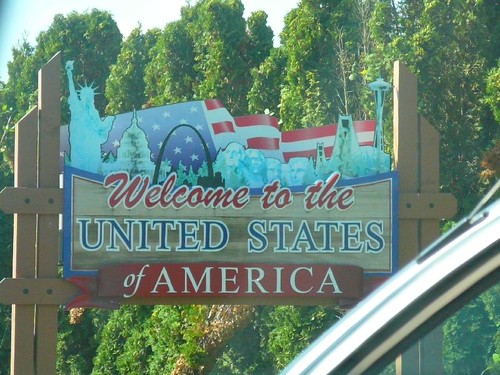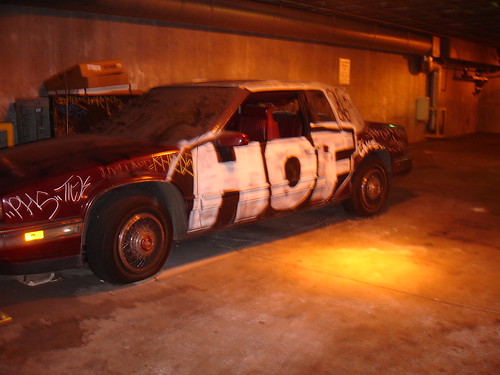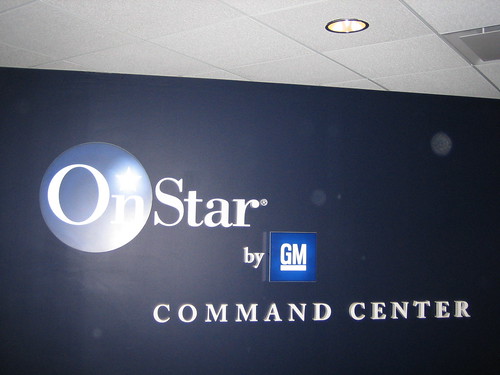U.S Department of Defense experiments with Unmanned Aerial Vehicles for maritime counter-drug operations
(Source: Time)
For weeks, U.S. and Salvadoran counter-narcotics officials had been watching a boat which they suspected was ferrying drugs to and from El Salvador’s Pacific coast. But to be sure, they needed a plane that could stay aloft over the ocean, undetected, long enough to get detailed surveillance imaging. So last month the Defense Department’s Southern Command (Southcom) suggested this would be a good opportunity to help determine whether an unmanned air vehicle (UAV) being tested at El Salvador’s Comalapa Air Base might be the future of drug interdiction.
The results were encouraging. The UAV, or drone — a wide-winged, blue-gray plane aptly called the Heron, which can stay quietly airborne for more than 20 hours and stream high-fidelity, real-time video from as high as 15,000 feet — provided officials back at Comalapa with enough to confirm that it was indeed a narco-ship (which will probably be busted soon). “This was a historic first,” says Navy Commander Kevin Quarderer of Southcom’s Innovation Program, “using a UAV for maritime counter-drug operations in a real-world setting, with actual targets.” (Read about how drones are used in Pakistan.)
Indeed, with drones playing an increasing role in U.S. military operations — some 7,000 are in use today, up from just around 100 in the year 2000 — it only stands to reason that drug drones would soon join America’s growing stealth arsenal. That’s especially true at a time when many in Congress are questioning the cost-effectiveness of a drug war (which has poured more than $5 billion in U.S. aid to Colombia alone this decade) that intercepts tons of narcotics each year but rarely seems to put appreciable dents in eradicating crops like coca, the raw material of cocaine, or reducing the flow of marijuana, coke, heroin and methamphetamines into the U.S. If battlefield drones like the Predator can scan and bomb Taliban targets in the mountains of Afghanistan, the logic goes, a similar drone like the Heron should be able to find the “go fast” boats and submarines used by drug cartels in the waters of this hemisphere.
Or, for that matter, clandestine drug-processing labs on land. Drug drones have recently become a more popular idea thanks in part to the five-year-long drama of three U.S. military contractors who were taken hostage by Marxist guerrillas when their drug surveillance Cessna crashed over the Colombian jungle in 2003. (The three were rescued along with 12 other hostages in a Colombian operation last year). Using drones could put far fewer agents in that kind of danger.
But for now, the military is focusing on maritime drug drones. A preliminary Southcom report to U.S. legislators like Mississippi Senator Thad Cochran, who led a push to get $3 million for Heron testing this year, suggests the drone is ready to take on actual interdiction work, which could result in major savings in drug-surveillance outlays for the federal government (though Southcom says it hasn’t calculated them yet). Cochran, the ranking Republican member on the Senate Appropriations Committee’s Defense Subcommittee, is convinced the Heron has “operational readiness and potential to provide more persistent and cost-effective intelligence, surveillance and reconnaissance,” says the Senator’s spokesperson, Margaret McPhillips. (See pictures from the frontlines of Mexico’s drug war.)
A key reason is endurance. Manned counter-drug aircraft like the E-2 Hawkeye can only stay up about one- third of the time a drone can. And with drug cartels using harder-to-detect shipment methods like semisubmersibles (jerry-rigged submarines), it’s critical to have surveillance craft that can “perch and stare” for longer periods, says P.W. Singer, author of Wired For War and director of the 21st-Century Defense Initiative at the Brookings Institute in Washington, D.C. “Drones are best for the dull, dirty and dangerous jobs, so this is a smart move,” says Singer. “We can’t ask counter-drug crews to keep their eyes open for 20 hours over oceans and mangroves.”
The Heron isn’t without problems. The Turkish military complained last month about mishaps with the drones it had bought from IAI for counterterrorism surveillance, such as too often not responding to commands from their human operators on the ground. Quarderer insists the Heron used in the recent testing project — dubbed Monitoreo, Spanish for “monitoring” — was virtually problem-free and sported the kind of GPS and automatic takeoff and landing technology that enhances safety by minimizing the potential for human error. The only question now seems to be whether Congress will authorize a larger drug-drone fleet, either purchased and operated by the military or leased and contracted out to the aircraft’s makers. (Boeing’s A160 Hummingbird, a helicopter-like drone, is also being considered for overland counter-drug ops.) In the end, the cost savings Washington has found with drones in real war will be hard to resist in the drug war.
Click here to read the entire article.




 Ohio Rep. Betty Sutton’s amendment made it onto the American Clean Energy and Security Act, the legislation being marked up this week by the House Energy and Commerce Committee. Approved by a vote of 50-4, the amendment provides a voucher of up to $4,500 for
Ohio Rep. Betty Sutton’s amendment made it onto the American Clean Energy and Security Act, the legislation being marked up this week by the House Energy and Commerce Committee. Approved by a vote of 50-4, the amendment provides a voucher of up to $4,500 for 







